A 3-D printed smartphone device fitted with an infrared-filtered lens, has been developed by researchers at Nottingham Trent University in the UK. The researchers hope the device will help caregivers more easily locate a patient’s veins. According to the developers, the low-cost device could make injections simpler to administer to small children or patients with a fear of needles.
The project’s lead, Professor Amin Al-Habaibeh, a professor of intelligent engineering systems said, “Intravenous injections are one of the most routine, invasive medical procedures in the world, but it can be difficult to find and puncture a suitable vein. Inserting a cannula, for instance, can be distressing and painful if multiple attempts have to be made before a needle is positioned correctly.”
The patent-pending design features a 3-D printed body which attaches to the patient’s arm via a tourniquet-like strap. The device uses a standard smartphone camera with a few simple modifications – a near infrared filter is attached to the lens, and the camera’s flash is modified to a compatible frequency.
The casing allows the smartphone to stay steadily affixed to the patient’s arm, while the screen displays infrared images taken by the camera, thereby simplifying vein location. The researchers also point out that as an alternative, an inexpensive infrared camera could be connected to the smartphone to enable visualization of the blood vessels, however a cold press would need to be applied to the patient’s skin to increase contrast between the tissues.
“The use of 3-D computer aided systems combined with 3-D modern printing technologies, allowed the idea to be developed into a prototype in a very rapid way – in less than a week,” said Marie Boes, the research assistant who developed the 3-D printed prototype at Nottingham Trent University’s School of Architecture, Design and the Built Environment.
“As smartphones become more widely available, we can utilize their potential in previously unimagined ways to improve the experience of patients and save doctors, nurses and others valuable time and money.”
Sources:
- Inventor turns smartphone into medical device to reduce botched injections – http://www.medicalnewstoday.com/releases/300702.php

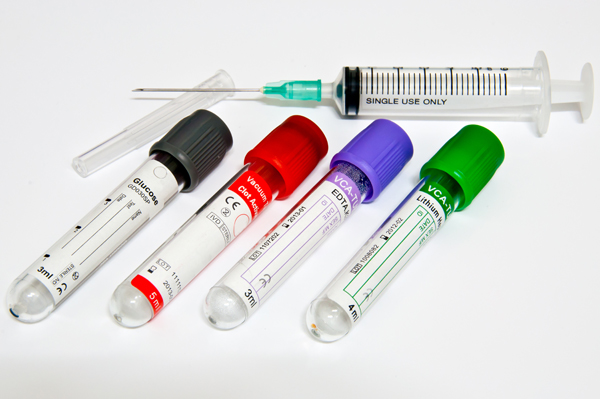
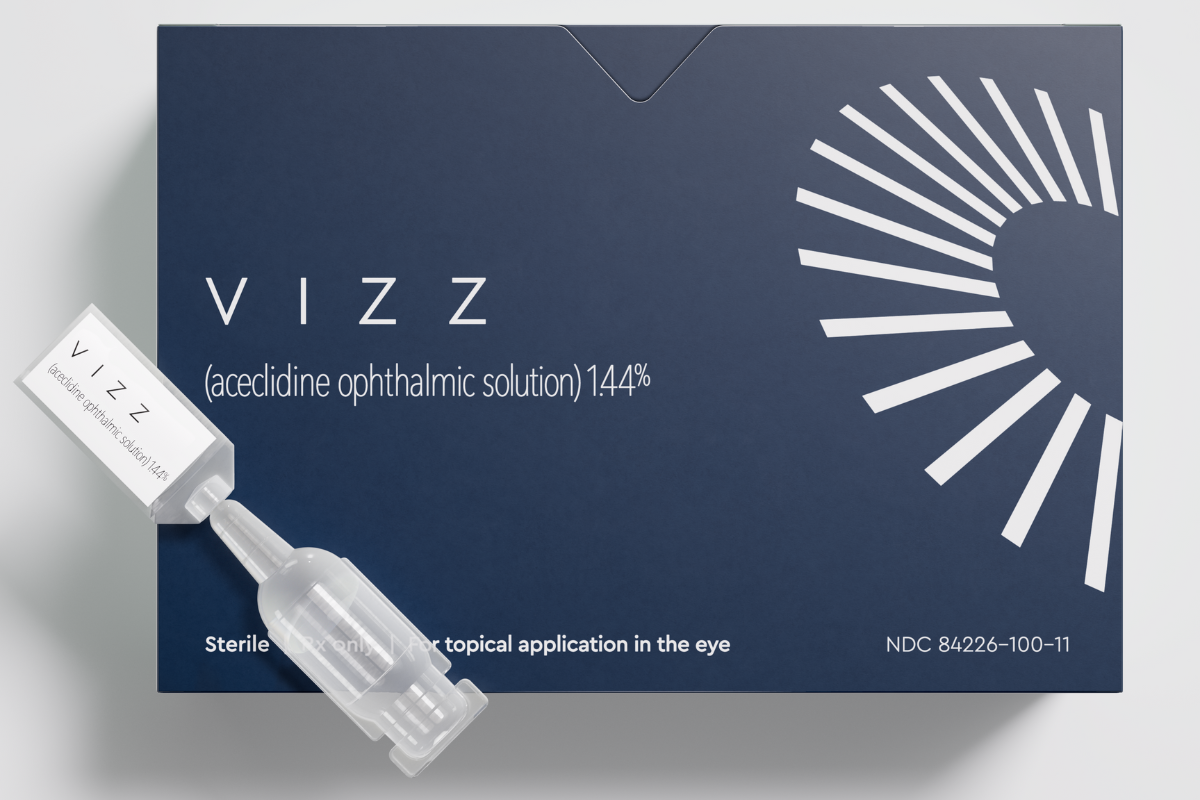
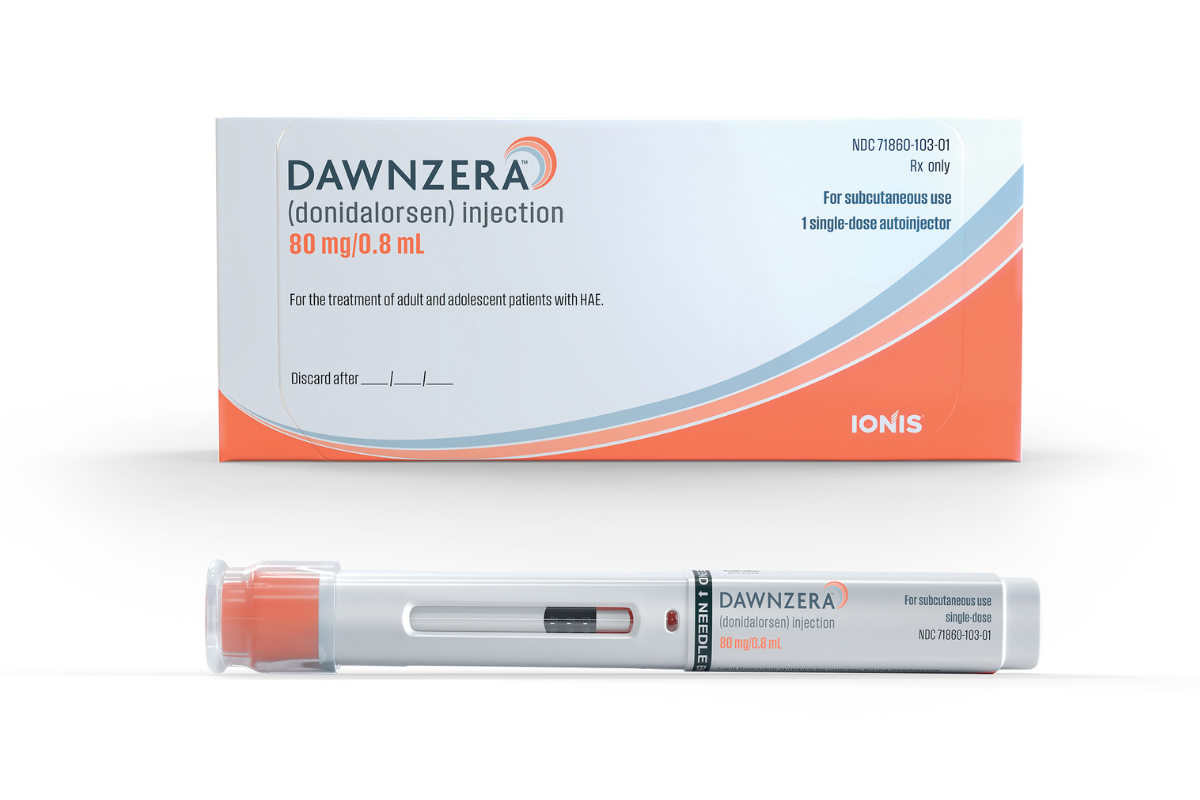
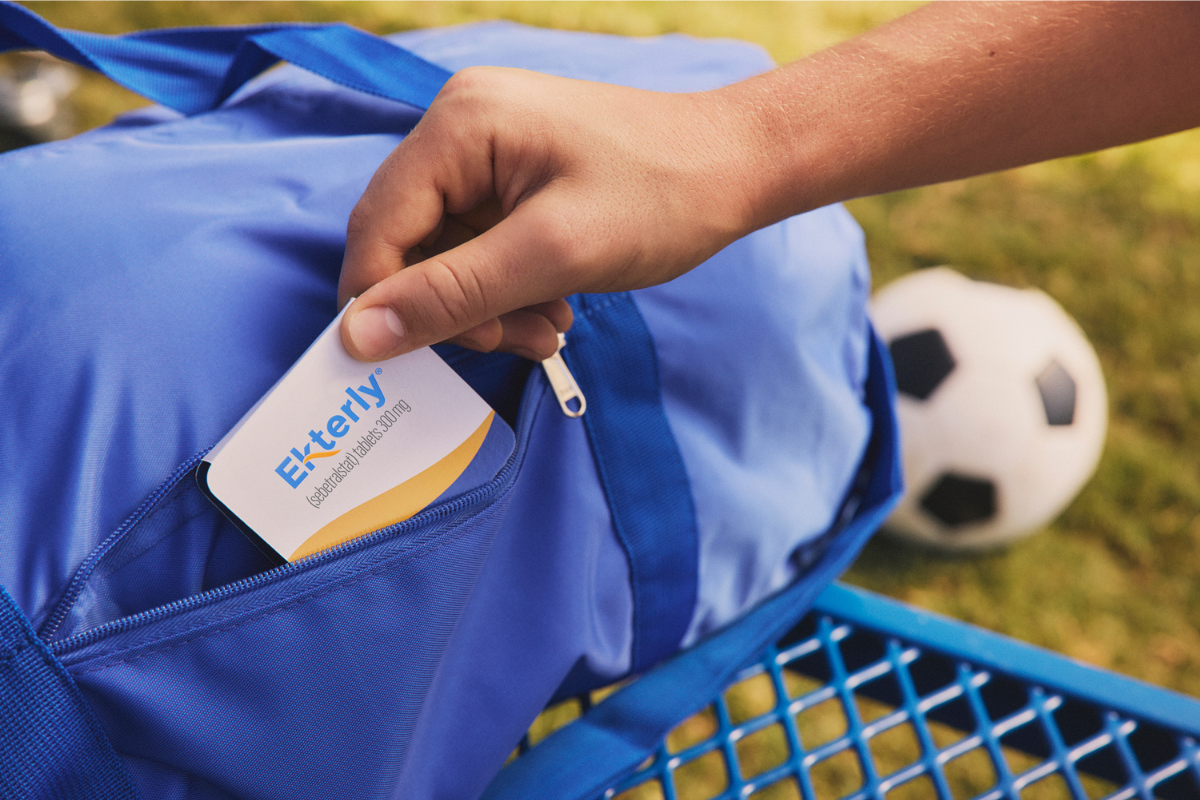
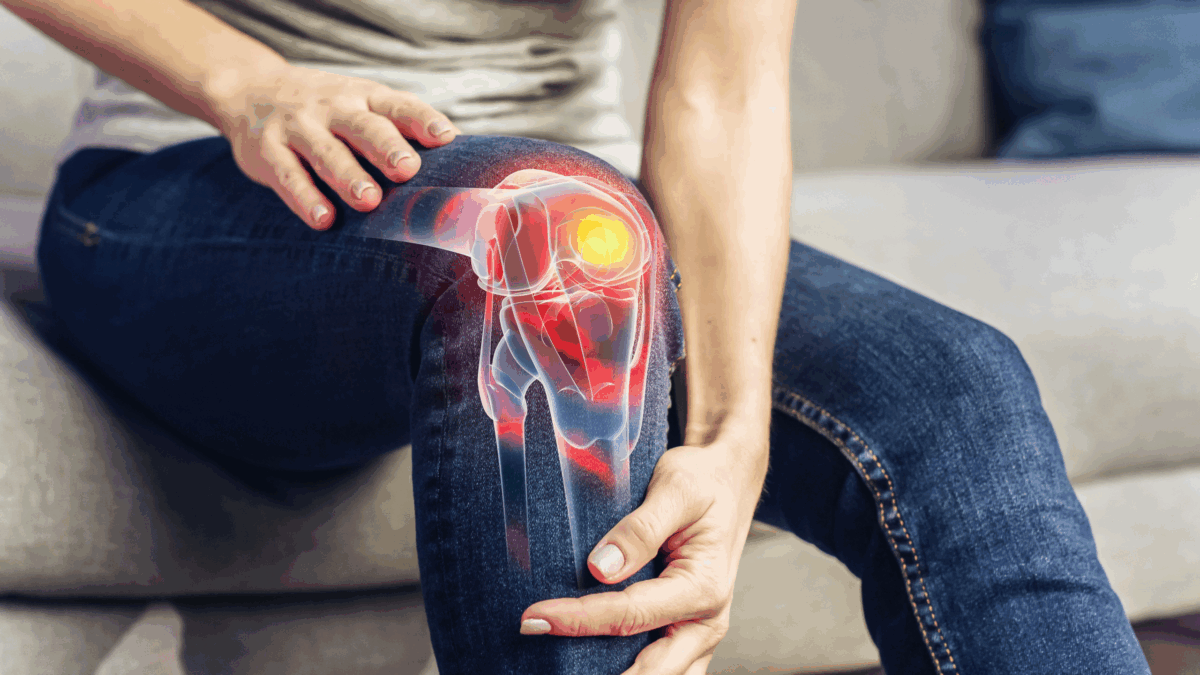
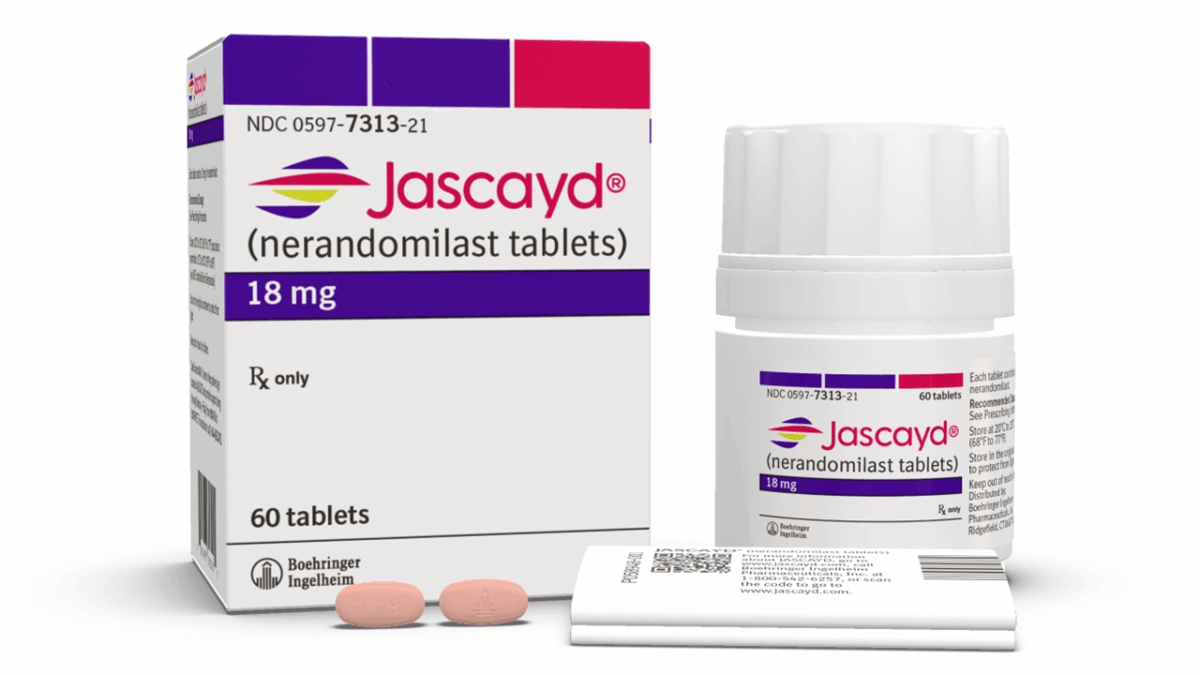





Join or login to leave a comment
JOIN LOGIN